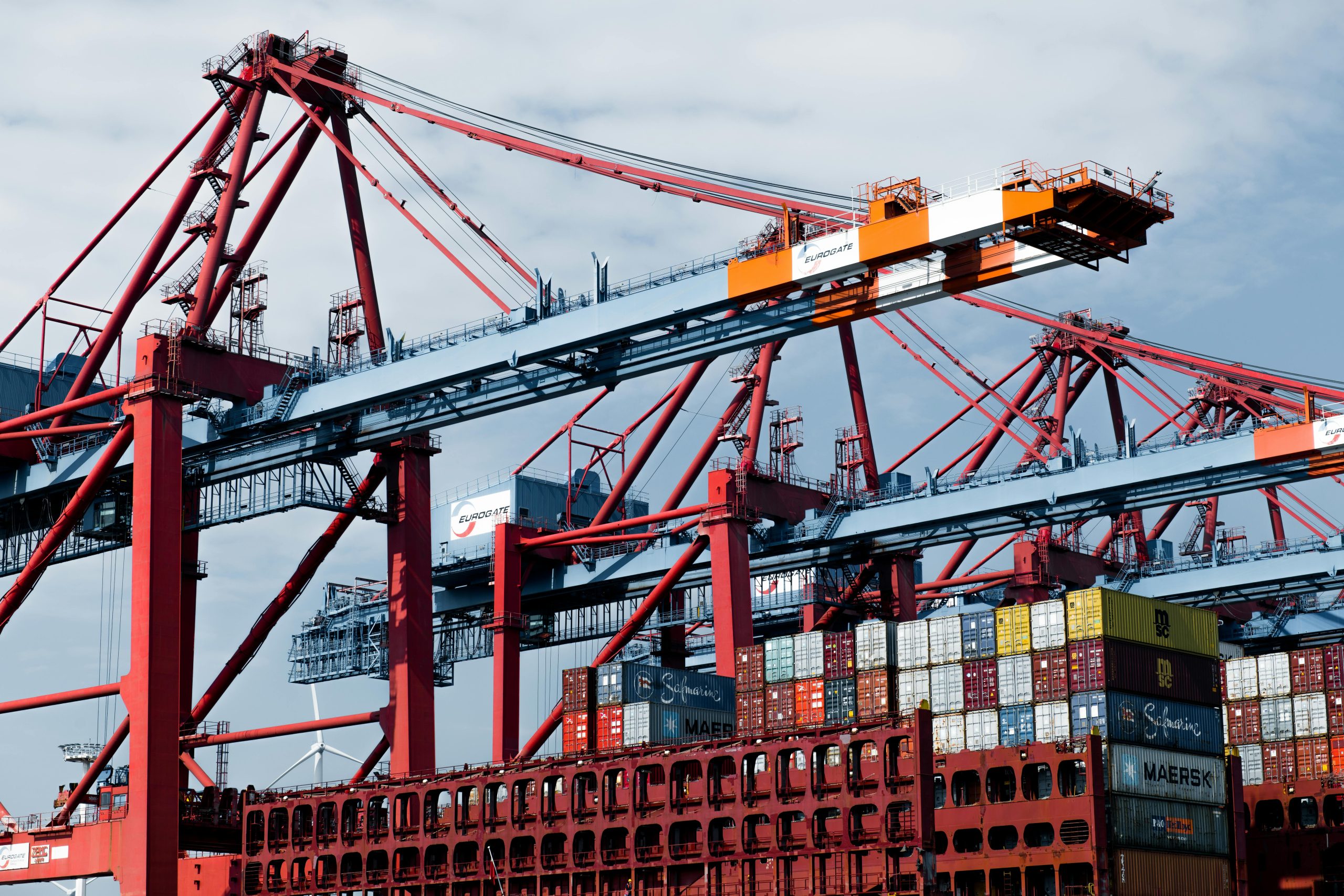Optimizing overhead crane engineering enhances operational safety by combining precise design, rigorous testing, and strict compliance with standards like CE, OSHA, and ASME. Tailoring cranes to specific load requirements and environments reduces risks and improves efficiency. Understanding the technical intricacies—from girder selection to automation integration—empowers engineers to deliver reliable, durable solutions that protect people and assets.
Overview of Overhead Crane Engineering and Safety Standards
Smithwick Engineering emphasizes core overhead crane design principles that prioritize safety and efficiency. These principles align with industry standards like OSHA, ASME, and CE Mark regulations, ensuring every crane meets rigorous safety criteria.
Also read : How Can UK Businesses Innovate for Global Competitiveness?
Design considerations include structural integrity, load capacity calculations, and vibration control methods. The use of advanced materials enhances durability, while modular components facilitate maintenance and upgrades.
crane structural analysis and fatigue testing ensure long-term performance, preventing failures. Integration of automation and control systems improves operational efficiency and safety. Overhead crane safety standards mandate regular inspections, load testing, and risk management strategies to safeguard operators and assets.
Also to read : How Can UK Businesses Thrive in an Increasingly Digital World?
E&C Crane Engineering’s comprehensive approach combines engineering best practices with full project oversight—from design to installation. This commitment guarantees tailored, safe, and reliable lifting solutions.
Structural Analysis and Engineering Considerations
Crane structural analysis prioritizes accurate load capacity determination and assessment of durability under varying conditions. Using finite element analysis (FEA), engineers simulate the behavior of materials and structures while factoring in dynamic forces and expected stress points. This approach helps identify vulnerabilities early and guides the selection of advanced materials for crane construction.
Load Capacity Calculation and Structural Integrity
Methods for overhead crane design principles require precise crane load capacity calculation. This involves evaluating material strength, examining operational environments, and considering both static and dynamic load scenarios. Fatigue analysis for crane components ensures that each part meets strict overhead crane safety standards, and incorporating safety margins is fundamental to prevent overloading and failure. Regular structural integrity assessment is recommended to account for wear and evolving usage patterns, securing a stable bridge between crane performance and safety mandates.
Engineering Challenges and Modernization
Persistent engineering challenges in crane design—such as vibration control, optimal stress distribution, and adaptation to environmental conditions—are addressed by refining load pathways and integrating automation into lifting mechanism engineering. Retrofitting strategies, including modular upgrades and improved crane control systems engineering, extend service life and respond to modernization demands. Trends in automation increasingly influence both bridge crane engineering fundamentals and the integration of wireless monitoring for safer, more reliable operations.
Mechanical and Electrical Systems Optimization
Overhead crane safety standards dictate the integration of essential features such as emergency stop mechanisms, advanced sensor technologies, and robust lifting mechanism engineering. For optimal performance and compliance, every control system includes fail-safe components designed to minimize the risk of crane structural failure.
Electric overhead crane control systems utilize sensor technologies for real-time monitoring and diagnostics, vital for precise crane load capacity calculation and predictive maintenance techniques. Meeting modern overhead crane electrical systems requirements means ensuring all wiring adheres strictly to regulated standards, directly influencing structural integrity assessment.
Hoist System Engineering & Load Monitoring
Modern hoist system optimization incorporates advanced load sensors and robust engineering, focusing on precise control and high-speed operation. Real-time overhead crane load monitoring systems are key in preventing overloads, reducing risk, and facilitating predictive maintenance techniques—the backbone of effective crane maintenance engineering. Predictive maintenance strategies, using data from integrated sensors, enable timely action before any fatigue compromises operational reliability.
Vibration and Fatigue Control
Crane vibration control methods actively reduce dynamic loads and extend component life. Fatigue analysis for crane components uses in-depth data from sensors for continuous assessment, helping prevent failures. Advanced materials used in crane construction, combined with effective damping technologies, provide longer system lifespans and improved operator safety.
Implementation of Safety Standards and Regulatory Compliance
Overhead crane safety standards set by UK and international authorities mandate rigorous frameworks for overhead crane design principles. Regulatory bodies require ongoing crane safety audits and compliance with protocols tailored to bridge crane engineering fundamentals. Key procedures involve periodic, systematic evaluations—leveraging advanced overhead crane inspection protocols—to track compliance and identify gaps in operational safety.
Inspection Protocols and Maintenance
Scheduled routines follow established crane maintenance engineering guidelines. These detailed procedures harness both non-destructive testing (NDT) and fatigue analysis for crane components to ensure structural integrity and longevity. Engineers employ predictive maintenance techniques and overhead crane load monitoring systems, targeting the early detection of mechanical and structural issues before failures occur. With robust maintenance and scheduled crane engineering documentation, operational risks substantially decrease.
Risk Management Strategies and Certification
Thorough crane risk management strategies address hazards on-site, relying on structural integrity assessment, dynamic load analysis, and precise crane load capacity calculation. Strict regulatory compliance in crane engineering regulatory compliance is essential for crane installation and operation. Documentation, including detailed certification processes and comprehensive records of inspections, provides visible proof of adherence to critical standards—securing both workforce confidence and operational safety.
Innovative Engineering Trends and Future Perspectives
Optimizing Overhead Crane Engineering for Safer Operations now leans on transformative advancements in both automation and materials. Integrating wireless crane monitoring systems with predictive maintenance techniques means engineers can remotely analyze real-time performance data—mitigating failures before they impact safety or bridge crane engineering fundamentals. This approach to overhead crane control systems engineering, especially through dynamic load analysis and software-driven monitoring, elevates both operational efficiency and compliance with rigorous overhead crane safety standards.
Modern overhead cranes benefit from advanced materials for crane components, such as high-strength alloys or lightweight aluminium designs. These materials reduce overall weight, which directly affects crane load capacity calculation and structural integrity assessment. The adoption of corrosion-resistant composites also supports overhead crane environmental considerations, extending lifespan and reducing maintenance intervals.
Another key evolution involves overhead crane automation trends. Automated lifting mechanism engineering and ergonomic designs in the operator interface are improving operational reliability while prioritizing user safety. Looking forward, the combination of modular crane components with advanced crane maintenance engineering is shaping a new era. Future systems will likely use digital twins and overhead crane design optimization software to simulate, test, and validate performance—reducing risk and enhancing safety in every lift.











